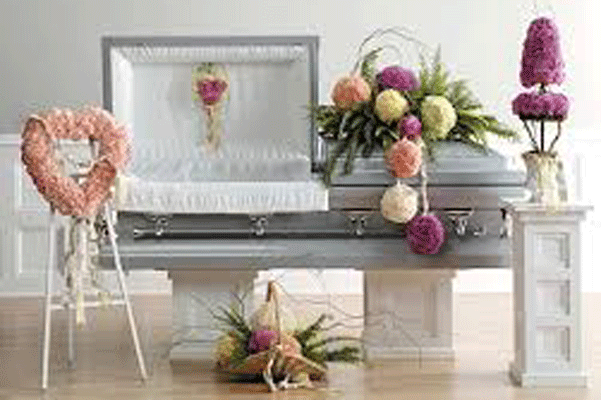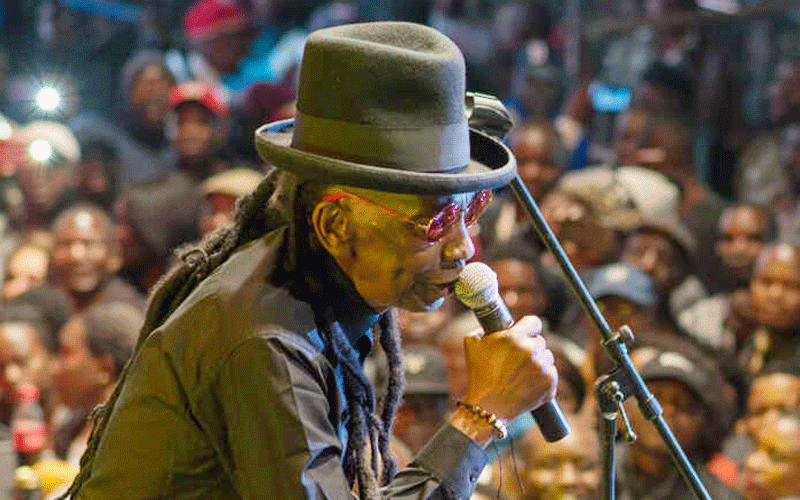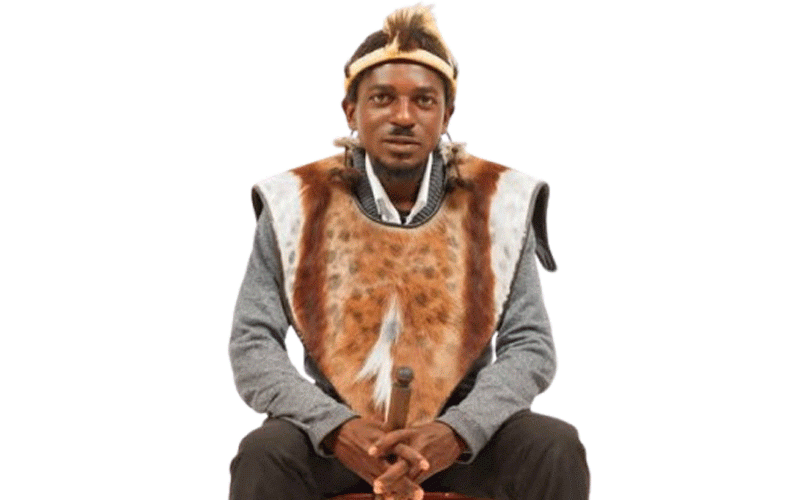
As small boys attending primary school, death was never a topic for discussion. It was considered taboo. We were brought up under a doctrine that forbade discussing the dead. The dead were better left alone and accorded respect at all costs. Any variance could mean they (the dead) would visit you at night and every other night thereafter. How things change.
laughing it off with Blaah Dhee

Nowadays when a hearse passes by, children stop playing and jostle to catch a glimpse. It has become common to observe small children viewing dead bodies at funerals and feel nothing about it. Maybe the high death rate fuelled by the Aids pandemic put paid to any myths that were previously harboured by societies. At one time, funerals became a day-to-day occurrence everywhere.
The frequency of the funerals saw some people categorising funerals in accordance with what transpired at each respective funeral. It is common to hear people saying, “Tanga tiri kunhamo” in reference to a funeral wake.
At a funeral wake, referred to as nhamo, the next of kin of the deceased are usually at each other’s throat, hurling accusations at each other on issues pertaining to the funeral. Because of that, the whole funeral is thrown into confusion as no one would then be prepared to shoulder the funeral costs.
To compound all this is the fact that the deceased would have left no funeral policy cover, not even burial society membership.
The food, sadza in particular, is served once as both lunch and supper and is most oftenly served with boiled cabbage.
At times not even the church women or the usual political groupings will be there to keep the night vigil alive by drumming and singing the popular funeral hymns. In a nutshell, nothing will be going right at a funeral called nhamo.
- Chamisa under fire over US$120K donation
- Mavhunga puts DeMbare into Chibuku quarterfinals
- Pension funds bet on Cabora Bassa oilfields
- Councils defy govt fire tender directive
Keep Reading
When the deceased is finally taken to the designated resting place, what will be priority for everyone would be just getting over and done with the whole process. This results in the deceased’s remains being literally “thrown away”, than buried. Hence, it is common to hear people saying, “Takamurasa [we threw him away] last week” in reference to such a burial.
Then there is the funeral wake categorised as rufu or mariro.Here the local burial society will be active. The siblings of the deceased will be co-operating. In the event that differences arise, efforts are made to solve them amicably or better still, sweep them under the carpet.
The feeding arrangements are fair. Men can afford to sit around a fire discussing this and that. The church women will be in full force, consoling the bereaved throughout the night with energetic singing and dancing to the beating of drums.
Generally, all will be under control right up to the day the body is taken to the rural home for burial. At this type of funeral wake, the remains of the deceased are to some extent decently buried.
The last category is the “funeral”, where the ceremony to honour the deceased is carried out to the letter, courtesy of the dollar power. The deceased will have prepared for this day by taking out a sound funeral policy.
The local community will not only have lost an influential resident but a key member of their burial society club.
A big tent or a multiple of them will be pitched up. Those who partake in alcoholic beverages will be having bottled beers of their choice. The choosy ones will have the luxury of being served with whisky or brandy, depending on their preferences. Three square meals matching those of a two-star hotel meal will be served. It is common to find people deserting their homes for the duration of the funeral.
Every happening at the funeral is captured on camera by a reputable company hired for the occasion. The programme of events is neatly outlined on a gloss paper, bearing the deceased’s coloured portrait picture on the covers. An appointed director of ceremonies will be on hand to take care of the events.
On the day of the burial, the wife and the children of the late will be dressed fashionably, although the black colour would be dominating. However, at some funerals, short dresses become common place.
The funeral will continue to be the talk of town well after the event, with people saying, “Takahunwa last week” literally meaning, we drank to his death a week ago. The more modest ones preferring to say, “Takamuchengeta last week” meaning we laid him to rest the other week.
There you are; nhamo – you are thrown away, rufu or mariro – you are buried and funeral – unonwirwa or unochengetwa. However, it all comes to one thing, you all go down — six feet under!











